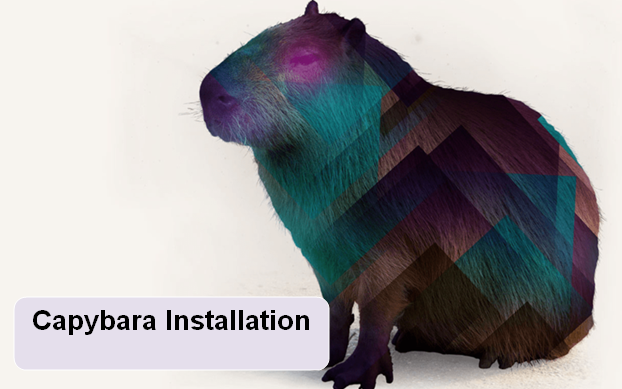Learning Capybara Installation
Let’s understand Capybara Installation. Capybara is helpful in testing web application by simulating the interaction with a real user. Moreover, the driver running the tests and comes with Rack::Test and Selenium support built in. WebKit is supported through an external gem.
Not to mention Capybara-webkit usually rely upon a Webkit implementation. In addition, these are done from Qt, a cross-platform development toolkit. Moreover, while installing remember to install version 5.0. As the 4.8 series is very old. Moreover, it contains a variety of bugs.
For instance, if you come across any error while building, along the lines of fatal error: QObject: No such file or directory, you might be attempting the build against an older version of Qt. Make sure that the qmake in your PATH links to the latest version of Qt you have installed. Uninstall the previous version if exists.
Firstly, in UI mode, add the following to the Gemfile:
gem install capybara
gem install #{web_driver_on_which_capybara_runs}
In the same vein, for Headless mode:gem install capybara
gem install #{web_driver_on_which_capybara_runs}
apt-get install firefox
apt-get install xvfb
gem install selenium-webdriver # if using selenium-webdriver
gem install capybara-webkit # if using capybara-webkit
apt-get install libqtwebkit-dev # if using capybara-webkit
Make your resume stand out and become a Certified Capybara Testing Professional. So, Try free practice tests here!
A great career is just a certification away. So, practice and validate your skills to become Certified Capybara Testing Professional


